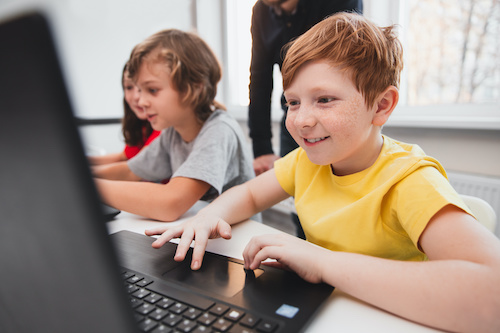During the spring of 2020, the global education community faced tremendous disruption as it transitioned to emergency remote teaching in response to the COVID-19 pandemic. Unfamiliar with the challenges of integrating edtech into instruction within a remote environment, elementary science teachers struggled to apply best practices—such as three-dimensional instruction, collaborative learning, and hands-on experimentation—into instruction.
While teachers in my region have traditionally met technology integration with trepidation, during the pandemic they embraced edtech and learned to rely on it as a mechanism to engage students in the learning process. Today, edtech is as much a part of the fabric of instruction as pencils and paper.
During emergency teaching, the innovative educators I work with sought to implement any edtech tool that purported to help keep students engaged in learning. But, as the pandemic recedes into the rearview mirror, educators have become choosier about the edtech they use.
More edtech is not the answer. In fact, adding a technological feature to a lesson simply for the sake of using technology can be counterproductive regarding student comprehension of the essential learning objectives. When integrating technology programs, teachers must consider the students’ working memory and the role of cognitive load to avoid pitfalls that could impede the learning of the desired content.
Author Recent PostsL’Tunya Bernard, M.Ed, Elementary Science Supervisor, TexasL’Tunya Bernard, M.Ed, is currently an Elementary Science Supervisor in Port Arthur, Texas, and is currently studying for her Doctor of Philosophy in General Psychology focusing on Cognition and Instruction. Latest posts by eSchool Media Contributors (see all)
Want to share a great resource? Let us know at submissions@eschoolmedia.com.










